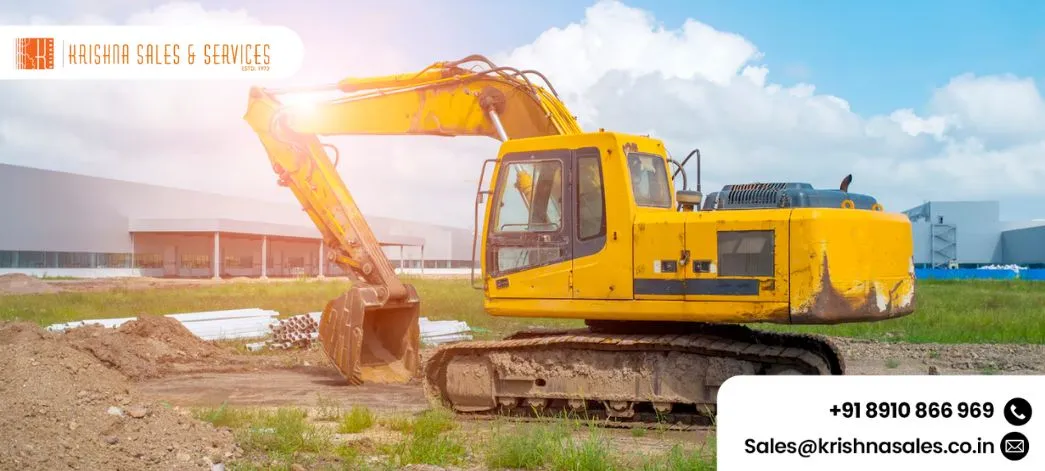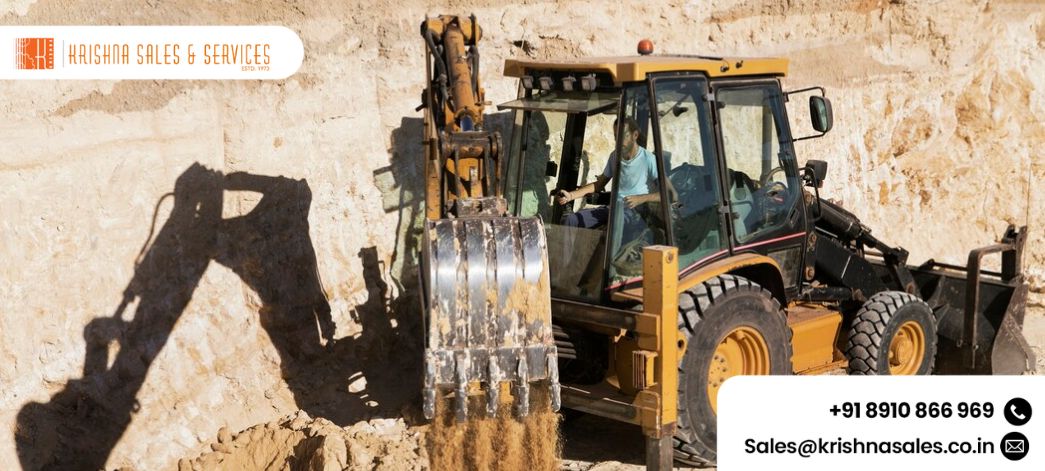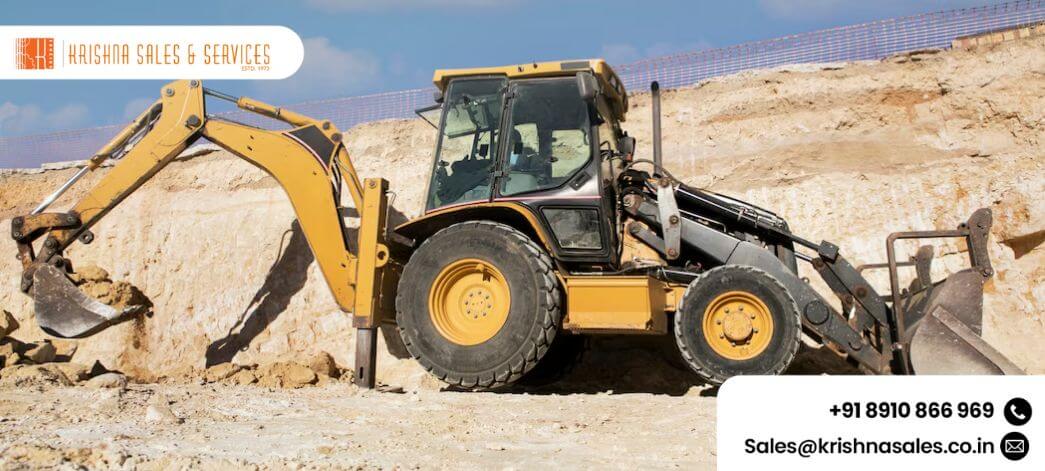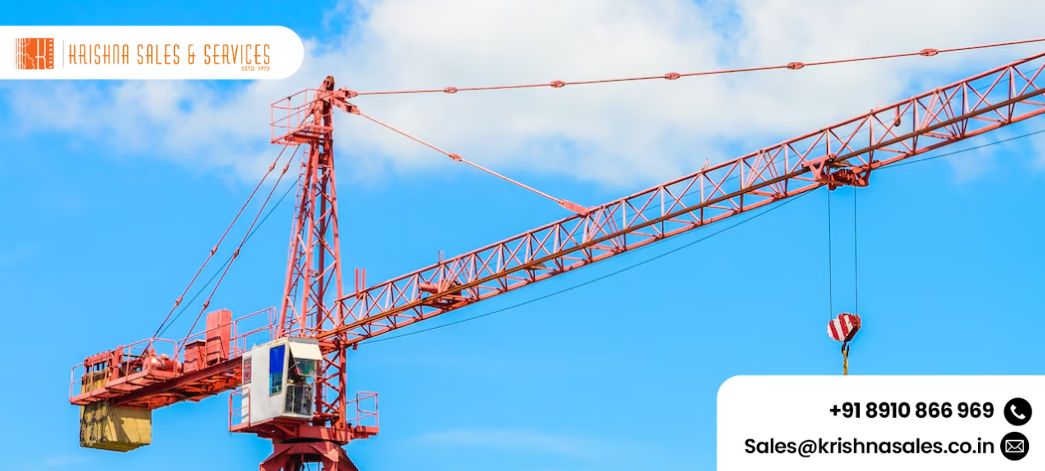Crane operations are vital to construction. They enable the precise and efficient handling of heavy materials. These operations face significant challenges from external elements. The weather is one of the most impactful. You can prevent the XCMG excavator spare parts from the harsh weather. Construction managers, crane operators, and safety personnel must understand how weather conditions affect crane operations. This is to reduce risks and maintain high efficiency.
Cranes can significantly reduce the time and cost of heavy lifting tasks. Bad weather can damage equipment and injure nearby people. The operators know when to stop work to ensure their safety. In the face of uncertain weather, exercising caution is essential. This blog will explore the impact of weather on the longevity of the crane parts.
The Importance of Weather in Crane Operations
Weather has a significant impact on crane operations. It affects safety, efficiency, and project timelines. So, we must understand its effects. You can also prevent the Demag excavator spare parts from stubborn weather. This is key for planning, risk management, and ensuring the safety of people and equipment.
Safety First
Weather is crucial to safety on construction sites, especially when working with cranes. High winds, for example, can pose a serious risk. The XCMG excavator spare parts have specific wind speed limits. Exceeding these limits can result in dangerous situations such as tipping or load swinging. Operators must be vigilant and aware of sudden weather changes to avoid accidents.
Equipment Performance
Extreme temperatures whether hot or cold can affect the performance and longevity of crane equipment. Hydraulic systems struggle in temperature extremes. Cold makes them slow; heat risks overheating and breakdowns. Weather impacts performance significantly. Cranes need regular maintenance checks and weather-based adjustments. This is vital for their smooth operation.
Project Timelines
Unpredictable weather can lead to delays in construction schedules. Rain, snow, or fog can limit visibility and affect ground conditions, rendering demag excavator spare parts operations unsafe. We can reduce weather-related delays by using weather forecasts. However, flexibility should always be built into project timelines to allow for any unexpected weather events.
Risk Management
Effective risk management strategies must include weather considerations. This involves not only monitoring forecasts but also having contingency plans in place. It is crucial to train crane operators to respond to sudden changes in weather conditions. Regular safety drills are also essential. They help manage weather-related risks.
Impacts of Different Weather Conditions on Crane Safety
Cranes face unique challenges in different weather conditions. The extreme heat weakens metal integrity, heavy rain causes hydraulic slippage, and freezing temperatures make components brittle. High winds pose a risk of load sway, while coastal humidity accelerates corrosion. The different weather conditions impact:
Excessive Rain and Snow
Heavy rain or snow can drastically reduce visibility. It makes most lifts more challenging to perform. Rain and snow can also reduce traction for mobile cranes. It affects total lift capacity and maneuverability unless the unit is equipped with tracks instead of wheels. Every operator will have a varying degree of comfort with rain and snow. It is best to wait until conditions improve if there is ever any doubt about performing a lift.
Heavy Winds
Most mobile crane manufacturers include the maximum wind speed for safe operation in their technical manuals. It is crucial to account for the size and weight of the materials, as well as the height at which they need to be lifted. As wind speeds increase with height, it is essential to ensure that your crane has an anemometer fitted on the jib. This will help you determine if the wind speeds are too high to perform a lift safely.
Extreme Heat
Summer heat can significantly increase strain on operators. It also increases the amount of fluid in every type of component within the crane. All fluid levels and the condition of seals should be regularly checked because heat can cause expansion or leaks. If the operator is not adequately prepared for the heat, they may become lightheaded or ill. Should this occur, operations should be halted immediately until the operator recover.
Thunder and Lightning
Cranes should never be used during a thunderstorm. They can act as a lightning rod and pose a significant risk to the operator and all personnel in the vicinity. A lightning strike can also cause immense damage to equipment. It is always better to wait until the storm passes before performing a lift.
Conclusion
Weather conditions undeniably shape the landscape of crane operations. By understanding the impacts and employing effective strategies, construction managers, crane operators, and safety professionals can ensure safe operations. They can succeed, no matter what Mother Nature throws their way.
For those in the industry, staying informed and prepared is key. The goal remains the same, regardless of the method. Use new tech or best practices. We want efficient, safe, and cost-effective crane operations that drive project success. Contact Krishna Sales & Services for effective and sustainable crane spare parts and grow your business.
 18, Abdul Hamid Street, Kolkata - 700069.
18, Abdul Hamid Street, Kolkata - 700069.  sales@krishnasales.co.in
sales@krishnasales.co.in









